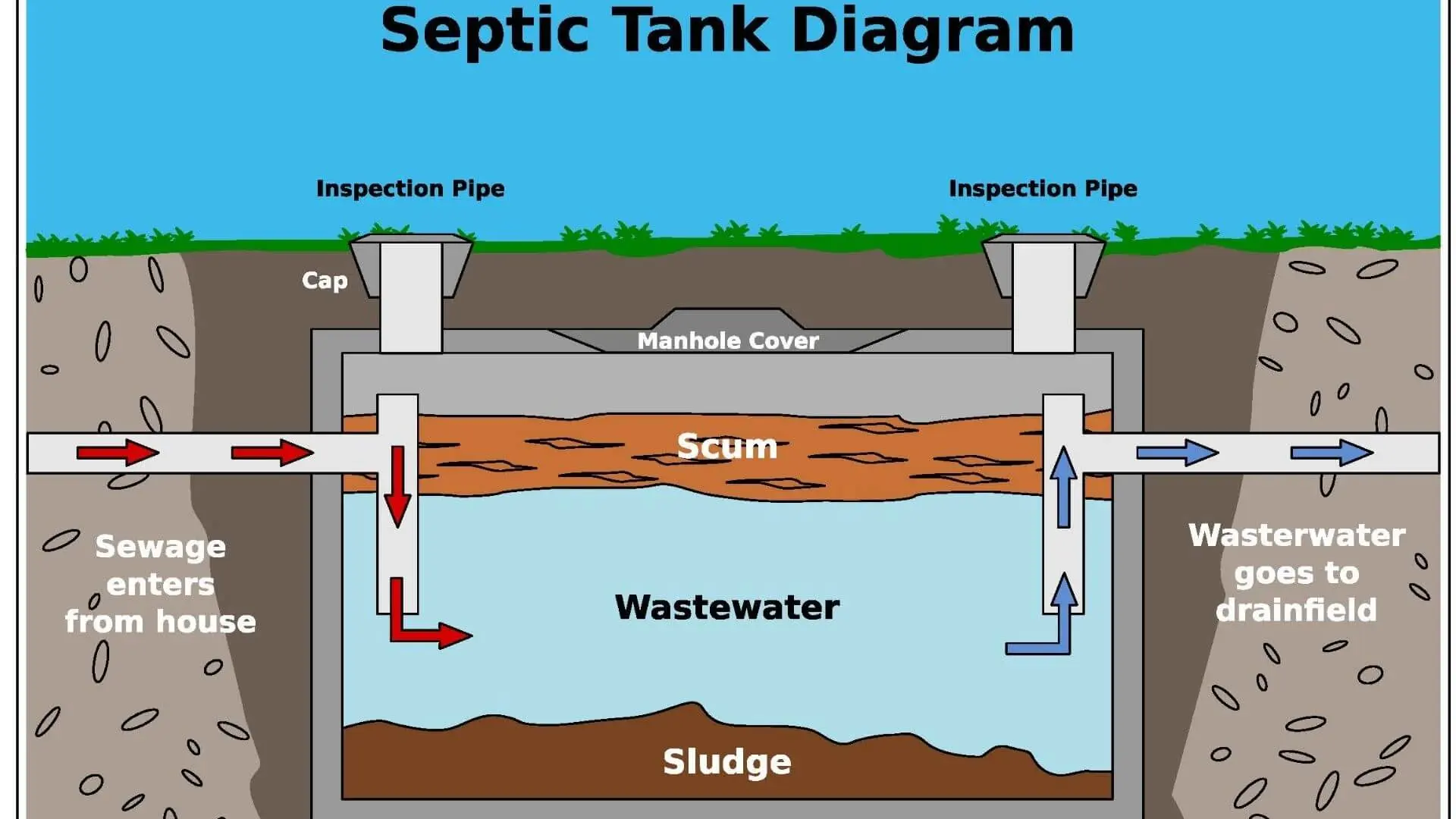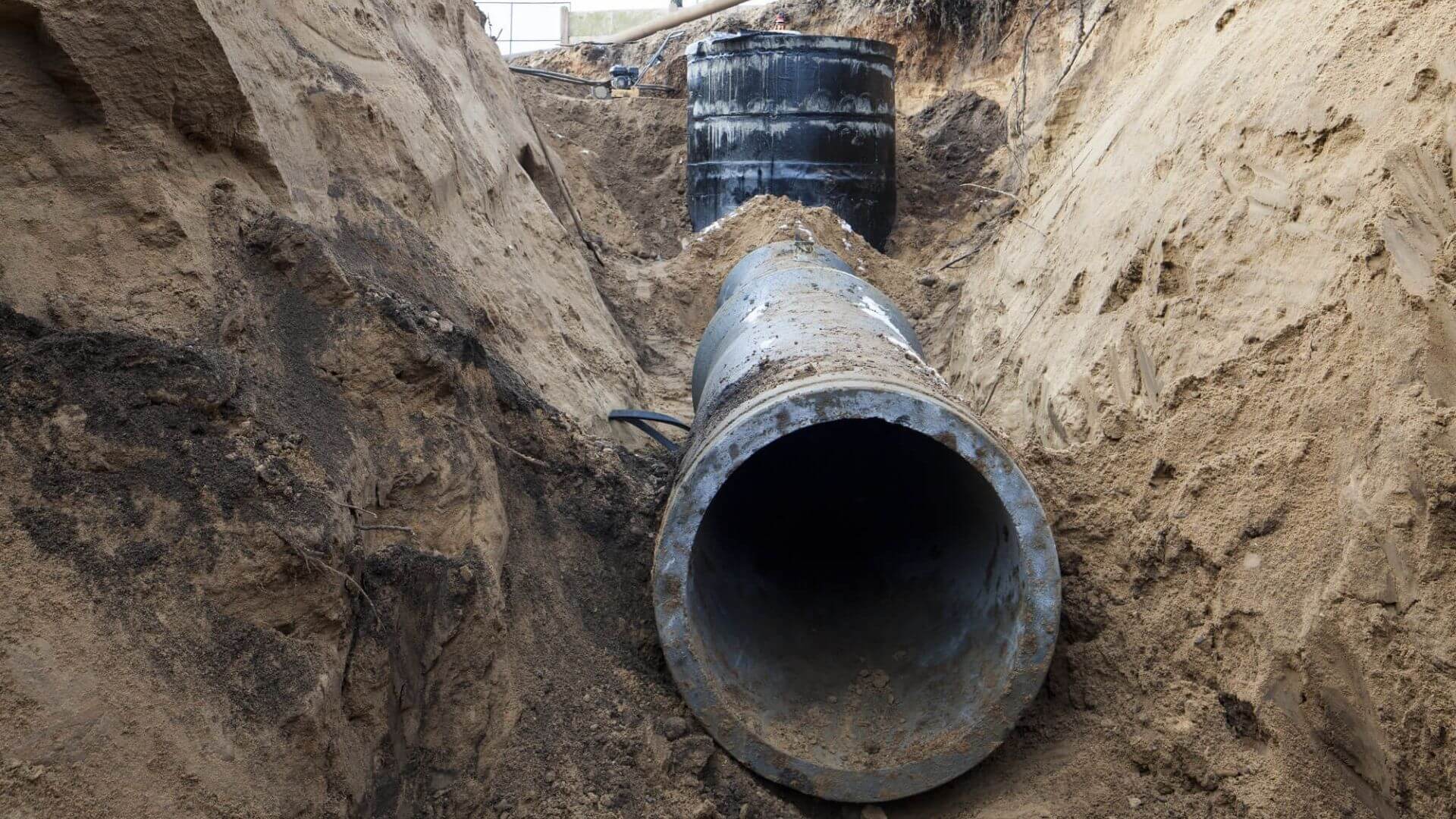Any blockage in a sewer drain and sewer lines must be sorted immediately. A blocked sewer drain pipe or sewer line blockage can cause many complications in the pipe system.
A properly functioning sewage system and sewer lines are necessary if you own a property. It will ensure that the daily water needs are met. In the case of a commercial organisation, the drainage system needs to be checked quite often as the entire office may become non-functional if not taken care of.
Also, the sewer system includes many drains and pipelines; it is best to know about them. If all the sections work efficiently and you don’t have a blocked sewer pipe, slow drains, or recurring clogged drains, the entire plumbing system will work well.
When your main sewer line or drain gets blocked, it can cause a cascade of issues, affecting various plumbing fixtures throughout your home. In this article, we’ll explore the critical parts of your sewage system and provide tips on how to spot a clogged drain and deal with sewer line issues.
So, dive in!
Parts Of A Sewage Tank

1. Vents
Plumbing vents are small gaps that help keep the air pressure in control. The sewage system will see many smelly gases and wastes flowing out, and the smell can also return inside the house. Hence, vents are made through which the air can leave, and the pressure can be regulated.
2. Septic Tank
Your septic system has tanks in which sewage is kept and collected. The tanks are cleaned occasionally and need to be well sealed to prevent a foul smell from leaving.
3. Kitchen Sink
A separate line is attached to a kitchen sink to ensure the proper flow of waste. These kitchen sinks can see a lot of greasiness as you wash utensils. Therefore, many people opt for kitchen sink grease traps that keep the fat moving into the pipes. If you notice slow-draining sinks, don’t ignore them. These plumbing issues may appear minor initially, but they can escalate when left for too long. Call a licensed plumber to check.
4. Pipelines
Waste will move through the pipelines and will pass into the sewer system. Solid and liquid waste flow through pipelines; hence, they are essential to the system, especially your main sewer pipe.
How Do Sewer Drains Get Blocked?
Sewer drains are often not given any importance and are not maintained well. Here, we will discuss the reasons for clogging pipes and sewer drains.

1. Waste Disposal
Not having a proper mode of garbage disposal could lead to clogged drain pipes. Grease and food waste can cause drain pipes to get clogged, and because of this, water may not be able to flow well.
It’s a good idea to use a sink strainer and grease trap to catch impurities before they enter the sewer drains. Protecting your garbage disposal pipe from solids and oils will help it last longer.
2. Collection Of Debris
Leaves, mud, clay, and grass can easily make their way into sewer lines, leading to a build-up that potentially blocks the main sewer line. When sewer drains get clogged, wastewater or raw sewage might escape, pooling unpleasantly in your yard. These blockages tend to develop over time, especially when drains are near waste disposal areas.
To have a properly working sewage system, you must check the drain lines frequently. If you see some accumulation of waste, clear it out immediately, and you can prevent significant scale blockage.
3. Throwing Trash In The Toilet
The toilet is not made to accommodate wipes, sanitary napkins or wet wipes; it is essential to note that. If you own a cafe or a business organisation, put notices around the washroom reminding people not to do this, as it can lead to pipeline blockages.
This is one of the root causes of clogging; if you can prevent it, the sewer drains can be protected. Keep dustbins in the toilet, which can throw away such waste. Ensure they do not get filled up, as there should be enough space for you to throw other things.
Keep your shower drains clear and floor drains clean. If you notice leaks and indicators of blockage, call your trusted plumber immediately.
4. Sagging Of Sewer Lines
Over time, older sewer lines can start to sag. This often happens because of the continuous pressure from water, waste, and chemicals, leading the pipes to thin out.
To make the pipes last longer, you must maintain them well. Occasionally, hire plumbing services and have them clean the lines well. That way, the pipes will last longer, saving you the cost of replacing them entirely.
5. Tree Roots
Tree roots are known to expand as they grow and enter pipes. This is because they seek water and moisture and try to find it inside the soil. If pipelines are running, the roots can penetrate the outer walls and enter the pipes.
If this is not fixed immediately, the main sewer pipes could clog. That would mean a lot of digging, and pipes would have to be dug up and replaced with newer ones. This can be prevented if you monitor tree growth and get plumbers to check after certain time intervals.
Keeping Your Sewer Free From Blockages
The sewage line can get clogged due to the reasons mentioned above. If your septic tank is clogged or drains malfunction, you can hear noises from them. The gurgling sounds will grow louder in your septic tanks if a further blockage occurs. Also, you will notice that the water flows slower through the drain pipes. That is another indication that there is something wrong. Now that you know about it, identifying clogged sewer systems should not be daunting.
Your best bet is to call a trusted plumber to clear your sewer drain. Tackling clogged drains can be quite the challenge! However, there are some quick fixes you can try. Local plumbers are equipped with all the tools needed to handle blockages. If you’re in Sydney, don’t hesitate to reach out to Fixed Today’s expert plumbers!
First, assess the severity of the blockage. You can attempt a DIY solution or ring for professional assistance. Locate the blockage’s origin, but be cautious: some leaks and blockages aren’t easy to find. Exposed pipelines or signs such as mould on walls can guide you. For minor blocks, a drain snake, or a safe drain cleaner can be helpful. Try using a homemade mix of boiling water, vinegar, and baking soda to clear blockages.
A trusty plunger might do the trick for your clog. Sometimes, a solid plunge is all that’s needed to clear the blockage. It can be a bit tedious and repetitive, but with some effort, you’ll get results.
For a significant sewer blockage, call your trusted plumber. They have the right tools and techniques to do this tedious job for you. They can use their CCTV drain camera to find even the most challenging blockages and leakages. They also have a high-pressure jet blaster to remove even the most stubborn blocks. To lessen clogged sewer line incidents on your sewer drains, be mindful of what you flush down your toilet and create proper waste disposal. Don’t throw paper towels, wipes, sanitary pads, or too much toilet paper down your toilet. A little discipline will help prevent clogs from happening again.
Let us know about any further issues. Until next time!














